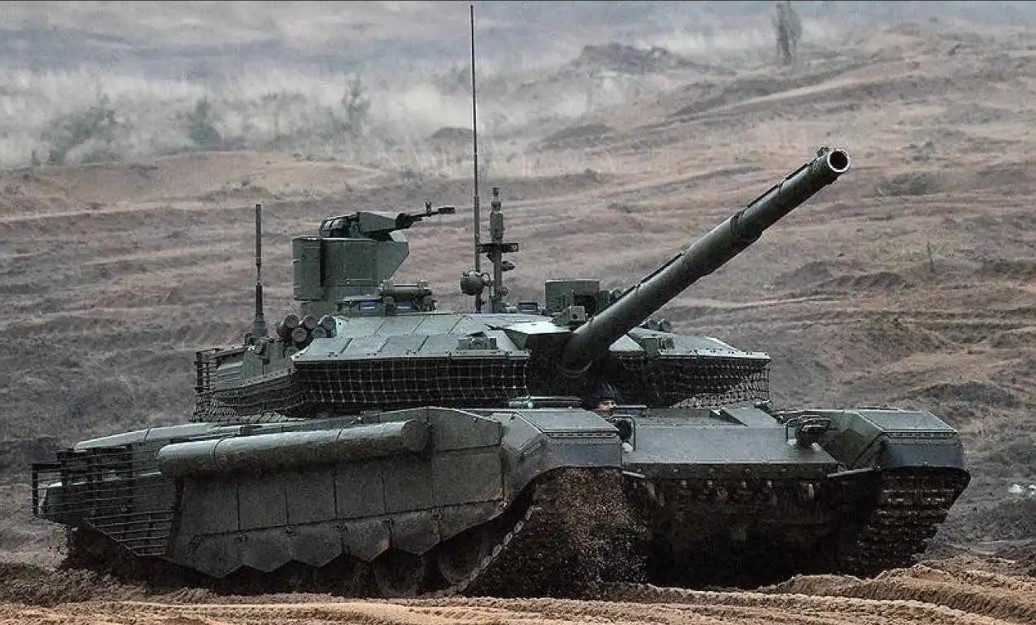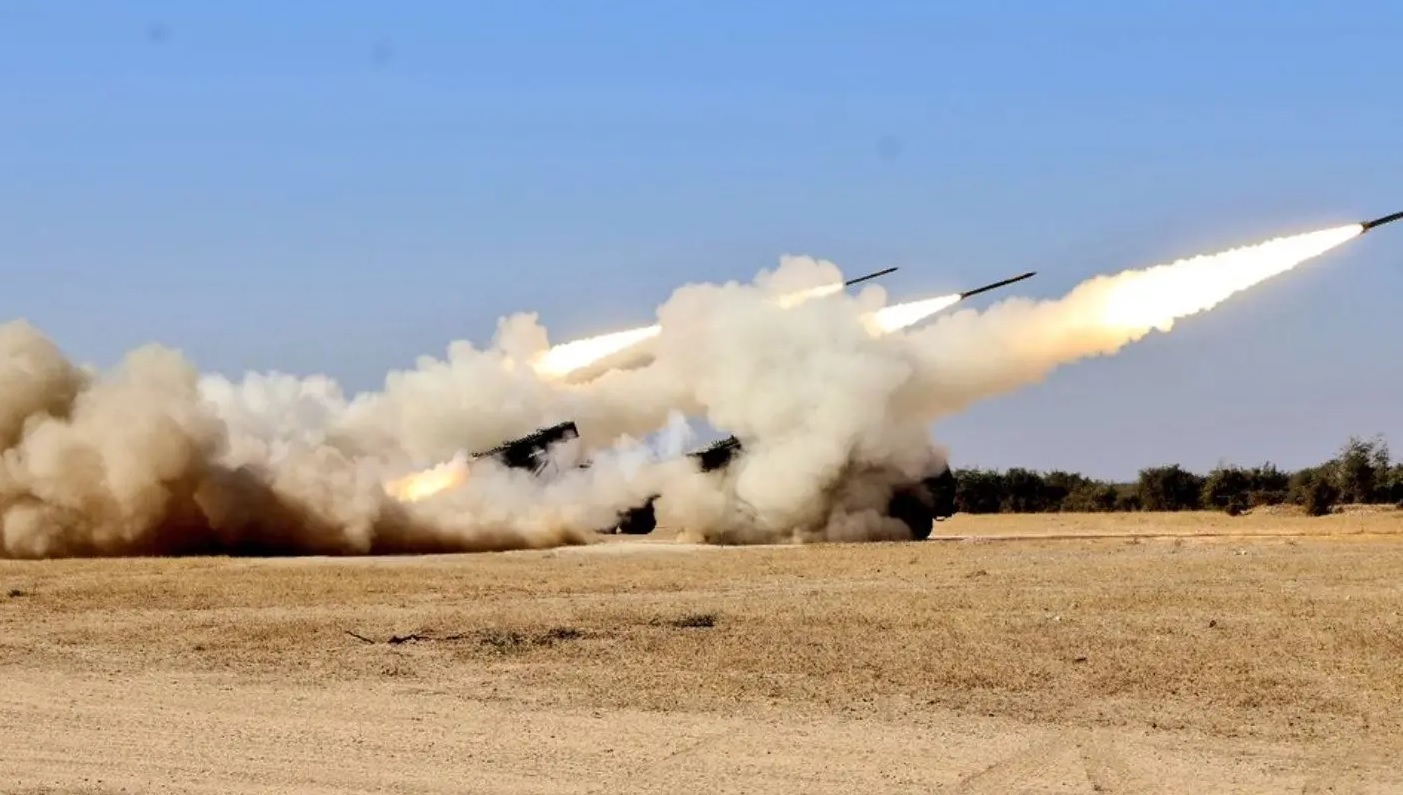India First Space Station Unit can be up in just 5 years; 2047 Roadmap has Multiple Lunar Missions

Defense News - Shortly after the Prime Minister Office (PMO) unveiled India space roadmap in October, the Indian Space Research Organisation (ISRO) is displaying confidence in constructing the initial unit of a space station within the next five years. Notably, ISRO ambitious roadmap for 2047, marking 100 years of Indian Independence, includes multiple lunar missions and even envisions venturing into Moon tourism.
The development of a space station and the associated technologies is pivotal for ISRO upcoming human missions to the Moon. Concurrently, the phased implementation of Gaganyaan, India manned space mission, is set to yield a plethora of new technologies for ISRO.
S Somanath, the Chairman of ISRO, assured that the proposed targets are not overly ambitious, emphasizing that the timeline of 17 years until 2040 provides ample opportunity to develop the necessary technologies for human lunar missions. Somanath also expressed optimism about completing the first unit of the space station by 2028, demonstrating aggressive progress in their endeavors.
Preliminary plans indicate that ISRO aims to construct the space station at an altitude of 120 km to 140 km, with a capacity to accommodate at least three astronauts for an extended period. However, these plans remain subject to potential adjustments.
If ISRO achieves its goal of completing the first unit by 2028, it aligns well with the PMO target of establishing the entire space station by 2035, allowing for a comfortable margin of a year or two.
Crucial to the realization of the full space station is the Next Generation Launch Vehicle (NGLV), which is anticipated to be ready around 2034-35. Somanath highlighted the significance of the NGLV for assembling the entire station and elaborated on ISRO aspirations for it to be partially reusable, incorporate new-generation propulsion, and utilize cryogenic propulsion if necessary.
ISRO has already mobilized a substantial team working on the NGLV, with the architecture finalized and a preliminary report submitted detailing various aspects such as technological specifications, manufacturing processes, and propulsion methods.
Looking ahead to ISRO lunar roadmap for 2047, Chairman Somanath outlined three major phases: the Technology Build-Up Phase (2023-28), Lunar Reach-Out Phase (2028-40), and Lunar Base Phase (2040-47). This comprehensive plan involves a series of lunar missions, including Chandrayaan-4, a sample return mission, and subsequent uncrewed lunar missions leading up to a human mission to the Moon.
Chandrayaan-5, -6, and -7 are anticipated to play crucial roles in the lunar reach-out phase, incorporating innovative technologies such as radioisotope heater units (RHUs) for temperature management and exploring the possibility of constructing habitats on the Moon.
Although these missions are not officially approved by the government as of now, the proactive stance of Prime Minister Narendra Modi towards space endeavors suggests that ISRO is likely to receive the necessary support.



